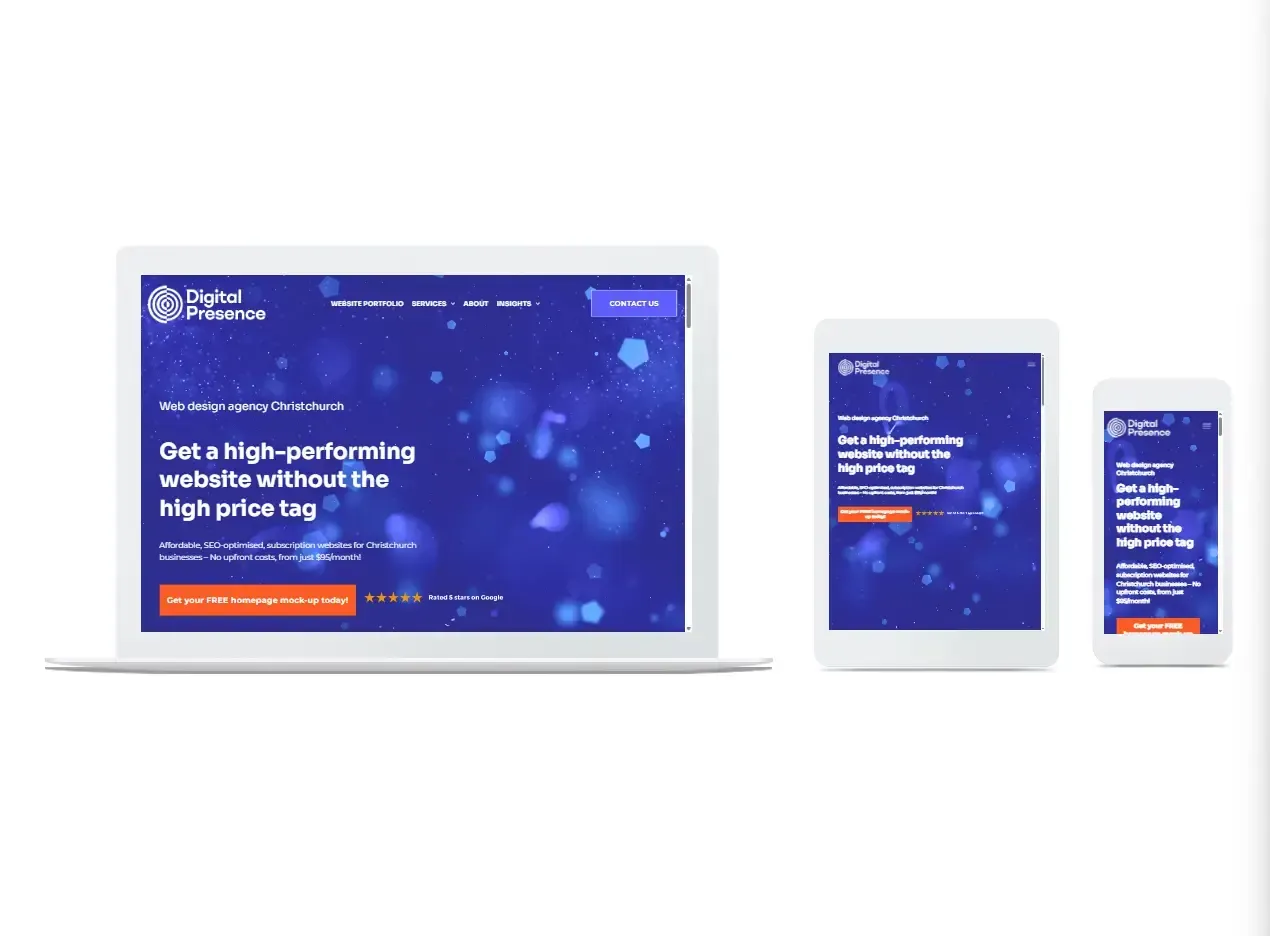Having a conversion rate crisis? Revisit your website design
Once upon a time in a time gone by, the sole goal of digital marketing was to drive traffic to your website with the idea being the more visitors, the more customers you will have; a digital version of chucking pasta at the wall knowing some will stick.
But digital marketing has evolved.
In this more enlightened age, website designers and online marketing specialists are directing their efforts into enhancing the customer experience to not only generate leads but strategically increase the conversion rate and make more sales.
What is a conversion rate?
A conversion rate refers to any desired action you want the visitor to take. This is anything from clicking through from a call to action to completing a purchase, subscribing to a newsletter or making an appointment. You may have several trackable conversion rates on your website.
How do you calculate the conversion rate of a website?
Conversion rates are helpful in digital marketing because they track the performance of a website. To calculate a conversion rate, divide the number of conversions/ actions by the total number of website visitors, multiplied by 100.
For example, if Digital Presence a Christchurch web design company had 1000 visitors a month which generated 40 appointments for new website designs, the conversion rate would be 4%.
What’s a good website conversion rate?
Research by Wordstream found the average conversion rate is 2.35%. However, the statistics vary hugely between industries.

The best website design elements to optimise conversions
So how can you optimise your website’s conversion rate through better website design? Ensuring the website is responsive to the device the visitor is accessing the website from and the speed at which it loads are clearly major influences, but there are other elements to pay attention to:
Establish the goal of your website
Multiple goals and pathways create hesitancy and choice paralysis. Invest time to define exactly what you want your website design to achieve. When you have clarity about its goal, it is easier to understand the role each page needs to play to achieve it. It’s essential to know what you want the page to accomplish so every element aligns with that purpose. If there are multiple calls to action, for example, they should all direct to the same conversion.
Prioritise user experience
Think about your online experiences. What are your favourite websites like? Is a 3 or 4 second load time acceptable to you? Would you wait that long for a website to load? Do you get frustrated having to set up an account before you buy from a website?
When managing a business website, it's easy to unintentionally prioritise aesthetics and overlook the importance of the user's perspective and experience. Use this perspective to identify and eliminate barriers that hinder a great user experience and conversions.
Use the website metrics you have access to to uncover hidden obstacles and track how changes improve conversions and revenue. For example, standard website design platforms offer business essential features that can make the website slow and unresponsive, reducing their effectiveness in driving conversions.

Research to identify powerful SEO
Applying top drawer SEO attracts highly targeted organic traffic to your website. The key benefit being the audience is already warm to your products and services; they are actively pursuing related information and require less ‘push’ to convert from searcher to consumer.
Understanding what users search for and how they search provides valuable insights into their needs and motivations. This knowledge gives clear direction to the content strategy ensuring it aligns with user intent and boosts search engine rankings. Effective SEO involves identifying high-performing keywords, analysing competitors, and staying updated with search engine algorithms.
Reduce website design friction
This means cutting down on unnecessary clutter and make the consumer journey as simple and easy as possible. It’s best practice to help visitors achieve their goals within 3 clicks, so work towards improving the experience the visitor gets from each click. For example, do you want visitors to fill out a form? Don’t ask too much information from them or force them to create an account. Ease of action reigns supreme when it comes to using web design to make a better user experience.
Exploit white space
White space refers to areas on the webpage that has no text or images and no, it doesn’t have to be white. It’s important because it provides a visual break guiding the viewer's eyes to the areas you want them to focus on such as the CTAs. Strategically incorporating white space in a website design improves readability and amplifies important goal supporting content.
Build trust and credibility with a secure website design
Small details within a website design can make all the difference between a visitor leaving a site and becoming a customer. SSL Certification and HTTPS security, links taking visitors to where they expect to go, high quality images and website content add credibility and boost visitor confidence. Don’t just give the perception of excellence, be excellent!

Leverage the power of human connection and social proof
Social proof is using real customer testimonials to create positive connections to your brand. When a visitor reads a third-party review about a product or service, rather than from the viewpoint of the business, they are more likely to buy – this adds a layer of authenticity but strengthens credibility too. Consumers need to trust who they are buying from.
Strategically placing reviews at key points on your site can boost conversions. However, ensure the authenticity of reviews, as users are wary of potentially fake feedback. If you look at Digital Presence’s reviews and website design portfolio they are all real local Christchurch businesses and people.
TIP: Never ignore negative online reviews. Click here to learn more.
How does Digital Presence boost website conversion rate?
All experienced web design agencies in Christchurch NZ will tell you the key to improving the conversion rate is consistent optimisation. Here’s how Digital Presence does it:
Heat mapping is used to reveal where users focus on the page and identify any issues so we can optimise the user journey by removing distractions and enhancing usability.
A/B testing to compare two versions of a website design element, such as button colour or CTA placement, to determine which performs better.
Tracking and analytics inform all design decisions, so your website remains current, engages visitors, and meets both short-term and long-term goals.
At Digital Presence we collect and analyse data, make data-driven decisions, revise, adapt and repeat until we are happy with the results. These strategies help increase visitor quality, engagement, and conversion rates, maximizing your website's return on investment. If the maths ain’t mathing and you are not happy with your website’s performance and conversion rates, contact Digital Presence for a free no-jargon or obligation chat and affordable website solution.












